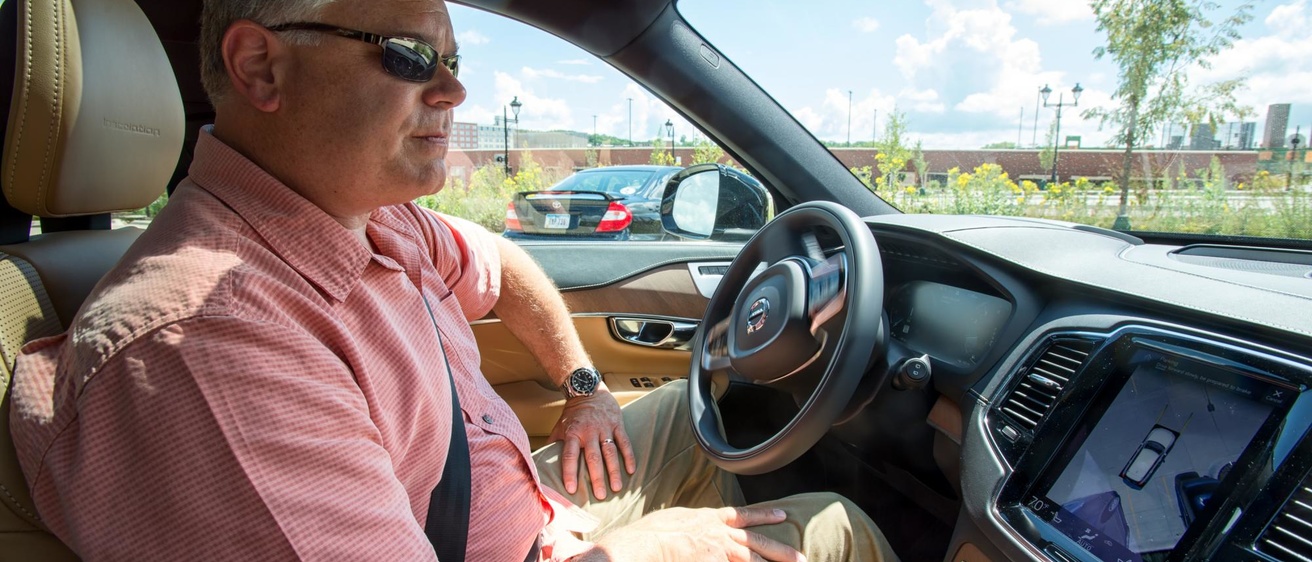With the technology to help you see, park, and stay in your lane, today’s cars are safer than ever before.
But a new, one-of-its-kind study from the University of Iowa indicates a majority of drivers don’t necessarily understand how many potentially life-saving vehicle safety features work.

To fix that, vehicle safety researchers at the UI Public Policy Center have teamed up with the National Safety Council to launch MyCarDoesWhat, a national campaign aimed at educating consumers about how to best interact with these safety features to promote better, safer driving experiences.
The study—which included responses from more than 2,000 adult drivers across the United States—found a majority of consumers had heard of, been exposed to, or interacted with at least one vehicle safety feature, but expressed uncertainty about all of the technologies.
The survey also showed 40 percent of those drivers reported experiencing a situation in which their vehicle acted or behaved in a manner they were not expecting.
“As technologies like rear-view cameras and lane departure warning systems advance and become more prevalent in the cars we're driving, we have the opportunity to improve consumer understanding of these critical safety features," says Daniel McGehee, director of the Transportation and Vehicle Safety Research Division at the UI Public Policy Center, and lead partner on the overall campaign.
Though consumers reported they least understood adaptive cruise control (65.2 percent), tire pressure monitoring systems (45.3 percent) and lane departure warning systems (35.6 percent), they were also confused about features that have been standard in American cars for years—such as anti-lock braking systems, according to the survey.
"The level of confusion about features that have been standard in American cars for years was really surprising," McGehee says, noting that tire pressure monitoring and anti-lock braking systems have been in vehicles for some time. "The little details about how some of these systems work are really important when we're talking about safety. We need to do a better job of making sure consumers are comfortable with them."
The national educational campaign, which is set to launch this fall in Washington, D.C., will include academic and consumer research, videos, graphics, animation, social media, a game, an app, advertising, and demonstrations using an advanced 2016 Volvo XC90 to educate drivers and stakeholders on several technologies covered in the study, which include:
- Anti-lock braking systems
- Back-up cameras
- Back-up warning systems
- Traction control
- Blind spot alert systems
- Adaptive cruise control
- Forward collision warning systems
- Lane departure warning systems
- Tire pressure monitoring systems
For more information on automotive safety technologies go to MyCarDoesWhat.org. Follow MyCarDoesWhat on Twitter and Facebook.
More information on the National Consumer Survey of Driving Safety Technologies is available on the UI Public Policy Center website.
